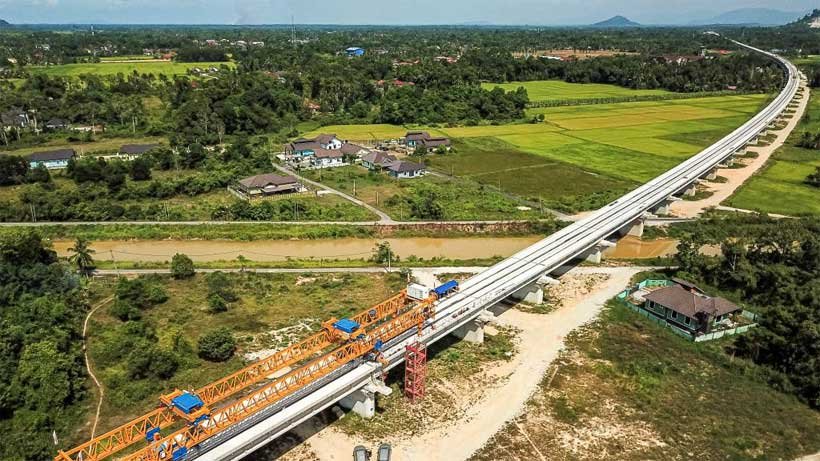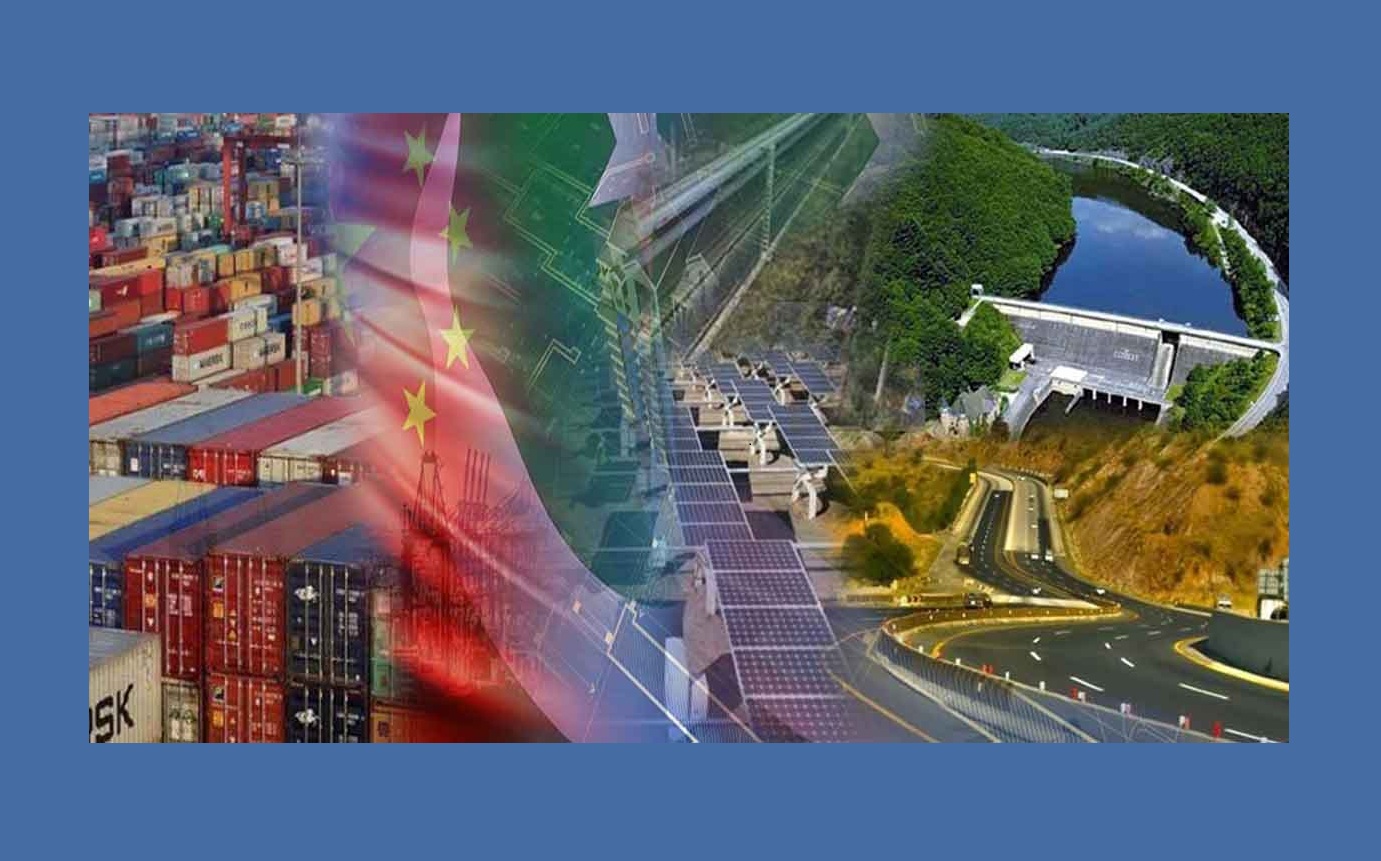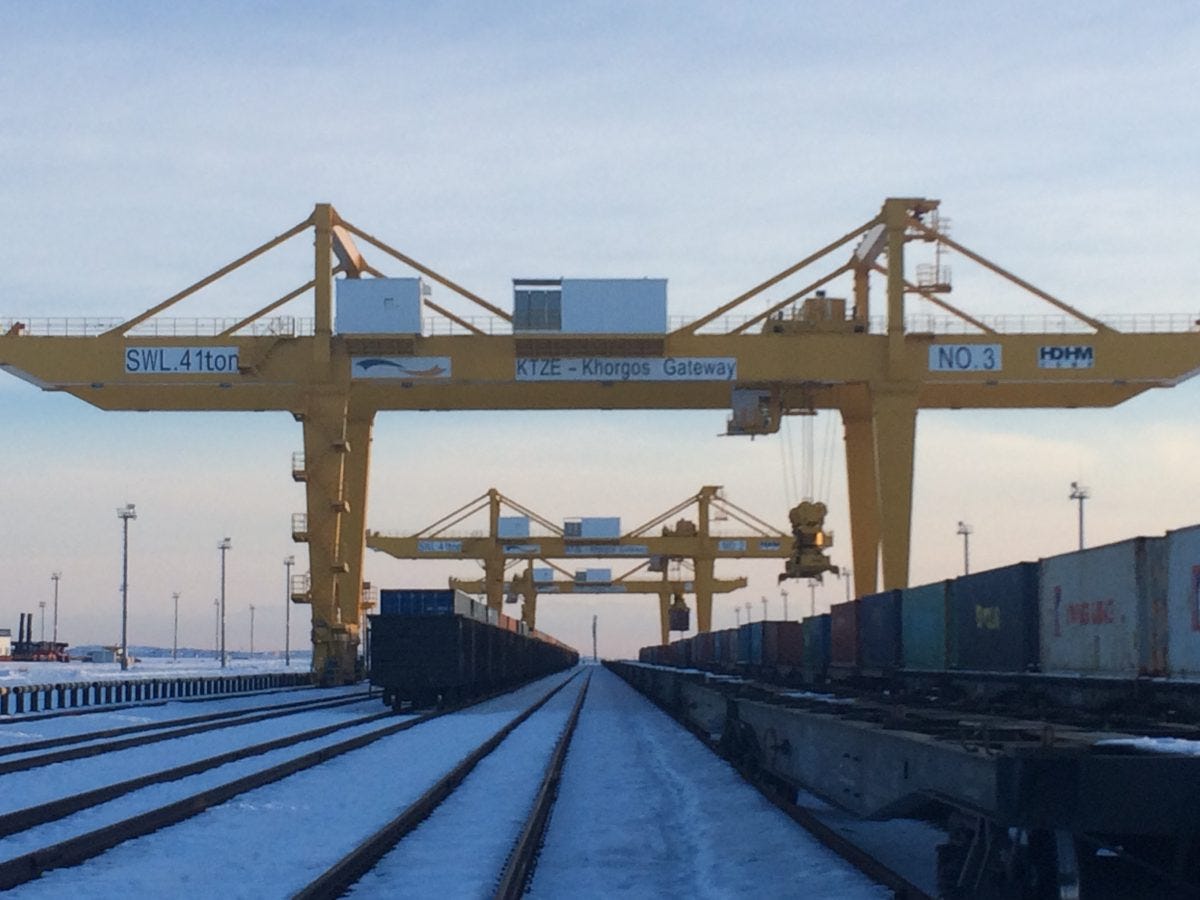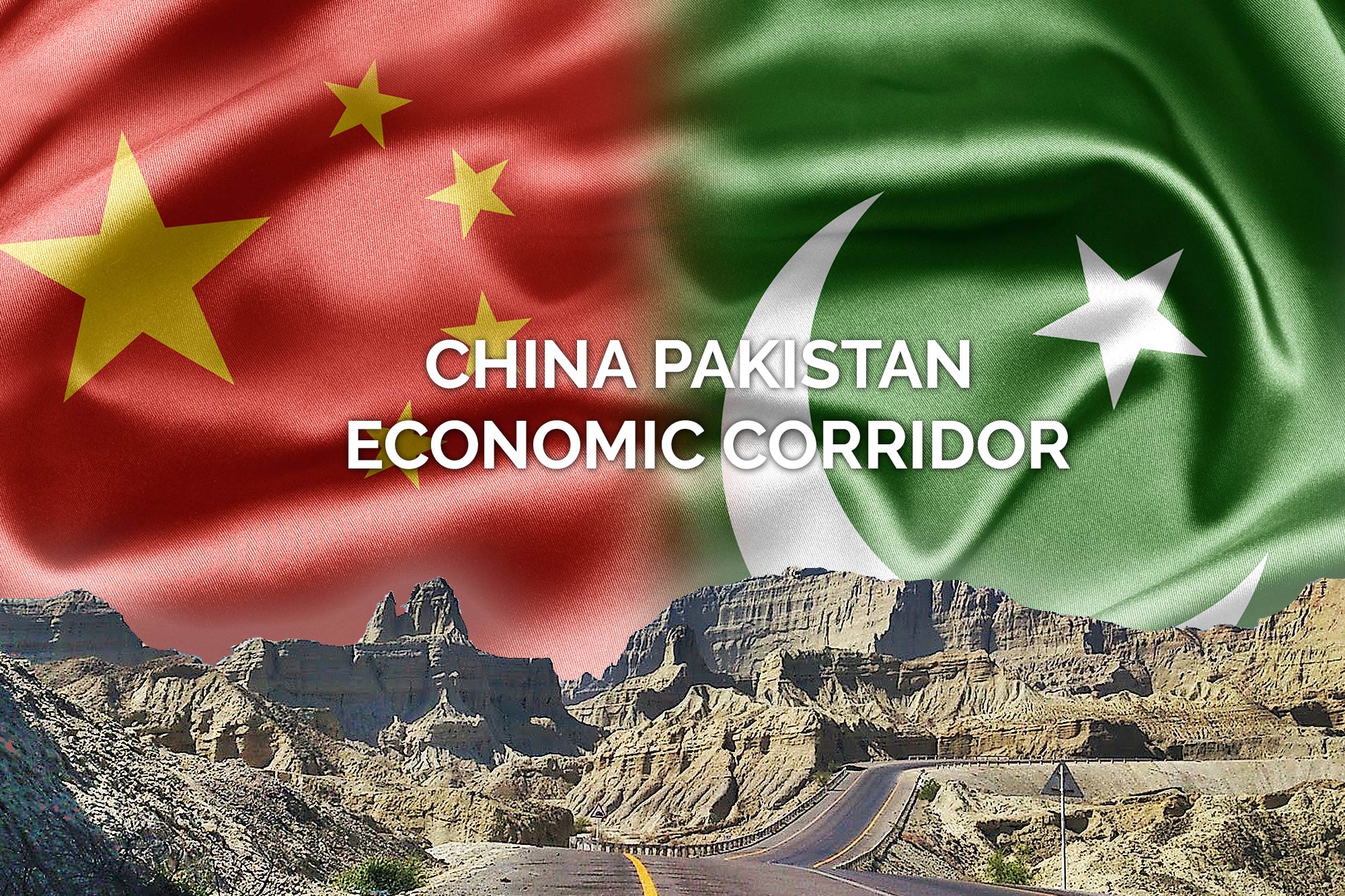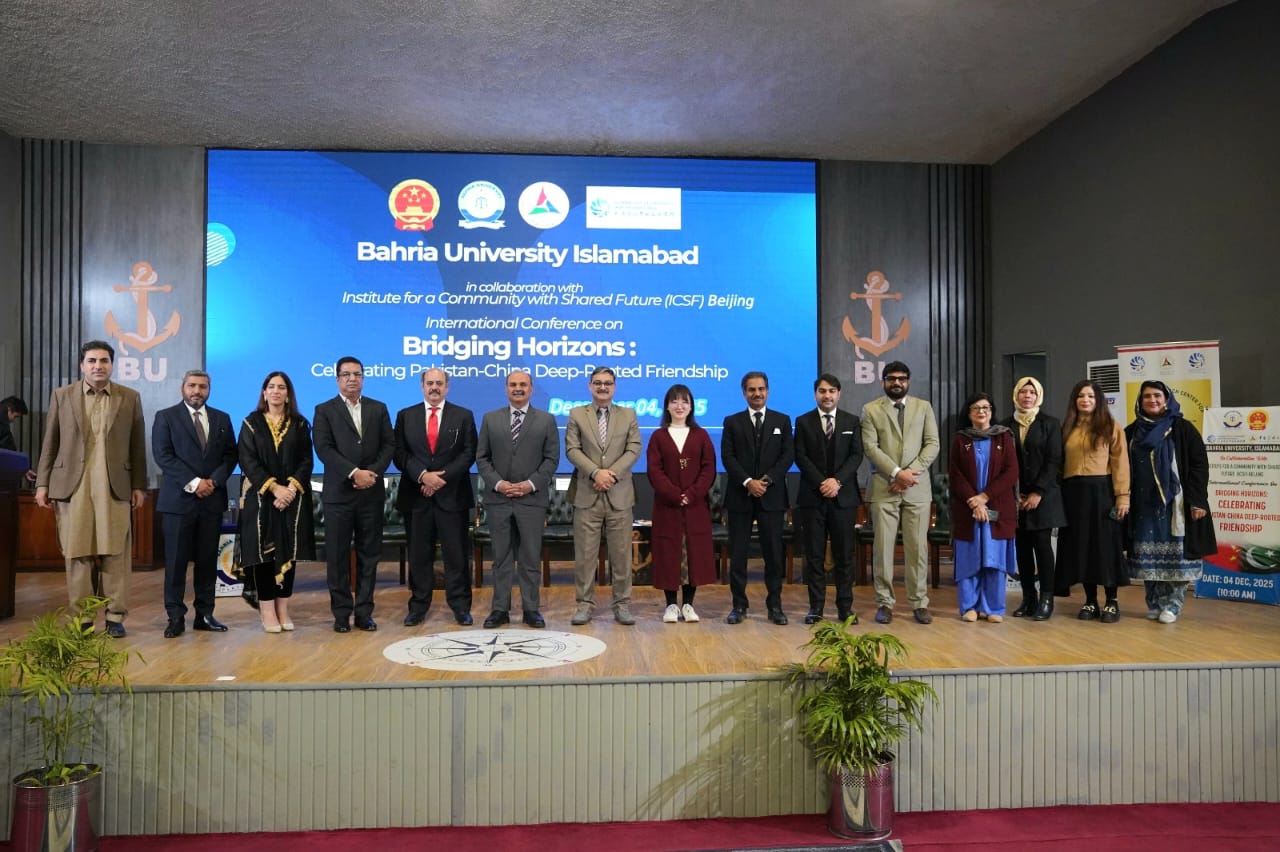A Comprehensive Analysis of Global Wealth, Debt and Pathways to Sustainable Prosperity
Introduction: The Global Family at a Crossroads
We are living in a world of unprecedented contradictions. Never before has humanity accumulated so much wealth over $625 trillion in global assets while simultaneously carrying such a staggering burden of debt, now exceeding $315 trillion. This paradox defines our era and will shape our collective future for generations to come. The International Monetary Fund’s latest Global Debt Database reveals that global debt has reached 238% of global GDP representing the highest debt levels in modern history. Yet, this is not merely a story of numbers on a balance sheet; it is the story of our shared human journey, our choices, our conflicts and our opportunities to build a better world.
As we examine this global balance sheet, we must recognize that we are all stakeholders in this shared inheritance. The decisions we make today about how we manage our resources, how we address our obligations and how we invest in our future will determine whether we bequeath to our children a world of greater opportunity or one of constrained possibilities. This comprehensive analysis seeks to unravel the complex tapestry of global finance exploring not only where we stand today but also how we can collectively forge a path toward sustainable prosperity for all members of our global family.
Understanding Our True Wealth: Beyond the Numbers
The $625 trillion in global wealth represents the culmination of centuries of human progress, innovation and collaboration. According to the World Bank’s comprehensive studies on global wealth, this colossal figure encompasses everything from the homes we live in to the companies that drive our economies, from the infrastructure that connects us to the intellectual property that advances our civilization. Yet these numbers only tell part of the story. True wealth extends beyond financial metrics to include the health of our populations, the strength of our communities, the knowledge contained in our educational institutions and the vitality of our natural environment.
The distribution and composition of this wealth reveal both achievements and vulnerabilities. Nearly 45% of global wealth is tied up in real estate assets that are vulnerable to market fluctuations and dependent on continuous economic stability. Another 35% exists as stock market valuations that represent future expectations rather than present reality. The remaining 20% includes government assets, infrastructure and what the World Bank terms “natural capital” the forests, waterways, minerals and ecosystems that form the foundation of our economic system. This understanding of our wealth’s composition is crucial, we’re rich in assets but potentially poor in liquidity, a situation that demands careful management and wise stewardship.
The World Bank’s “Changing Wealth of Nations” report highlights an alarming trend: many nations are actually depleting their natural capital while accumulating financial liabilities. Between 1990 and 2020, 30 low-income countries saw their natural capital per capita decline despite economic growth creating a fragile foundation for future prosperity. This represents a fundamental mismatch between our accounting systems and true sustainable development. Countries like Costa Rica and Botswana demonstrate alternative pathways, successfully integrating environmental stewardship with economic growth. Costa Rica, for instance, has doubled its forest cover while growing its economy proving that environmental protection and prosperity can advance together.
The Anatomy of Global Debt: A Growing Burden
The $315 trillion global debt mountain tells a story of choices made over decades reflecting both prudent investments and questionable decisions. The Institute of International Finance reports that global debt has increased by over $100 trillion in the past decade alone accelerating dramatically during the COVID-19 pandemic. This massive obligation includes government bonds ($85 trillion), corporate debt ($95 trillion), household debt ($65 trillion) and financial institution debt ($70 trillion). What makes this debt particularly concerning is not just its absolute size but its relationship to our ability to generate wealth.
The global debt-to-GDP ratio has increased from 200% in 1990 to the current 338%, indicating that we’re borrowing more to generate each unit of economic growth. This trend raises fundamental questions about the sustainability of our current economic model. According to IMF analysis, about 35% of global debt needs to be refinanced within the next three years creating substantial rollover risks in a rising interest rate environment. The shift from the low-interest era that followed the 2008 financial crisis to today’s higher-rate environment has dramatically increased debt service costs particularly for nations that accumulated significant debt during the cheap money years.
Emerging markets face particular challenges with foreign currency debt comprising nearly 40% of their total obligations leaving them vulnerable to exchange rate fluctuations. The strengthening of the US dollar in recent years has significantly increased the local currency cost of servicing this debt creating severe strains in countries from Argentina to Zambia. The World Bank’s International Debt Statistics show that the external debt stocks of low- and middle-income countries combined reached $9.1 trillion in 2022, an increase of 5.6% from 2021. For the poorest countries debt service payments have been diverting resources from critical investments in health, education and climate resilience.
Why Nations Borrow: Divergent Stories and Common Challenges
The reasons nations accumulate debt vary significantly between developed and developing countries reflecting their different economic structures, challenges and opportunities. Understanding these distinctions is crucial for designing effective solutions to our global debt challenges.
Developed nations have typically borrowed to smooth economic cycles, fund social safety nets and respond to crises. The 2008 global financial crisis triggered massive government spending equivalent to 25% of advanced economies’ GDP to stabilize financial systems and stimulate recovery. The COVID-19 pandemic necessitated even more unprecedented stimulus measures totalling $16 trillion globally as governments sought to protect jobs, support businesses and fund healthcare responses. These wealthy nations have benefited from what ex-Federal Reserve Chair Alan Greenspan called the “exorbitant privilege” of borrowing in their own currencies and at historically low interest rates. However, these advantages may be diminishing as global financial conditions change. The Bank for International Settlements warns that advanced economies now spend an average of 8% of government revenue on debt service, a figure that could rise to 15% as older, low-cost debt matures and is replaced by higher-yielding bonds.
Developing nations borrow for different reasons and under more constrained circumstances. They typically take on debt to build essential infrastructure the roads, power grids, schools and hospitals that form the foundation of modern economies. The African Development Bank estimates the continent’s infrastructure financing gap at $68-108 billion annually explaining why many nations turned to debt financing. Many have also borrowed to fund education and healthcare systems investing in their most valuable resource: human capital. However, UNCTAD analysis reveals that 46 developing economies now face severe debt problems where debt service exceeds 14% of government revenue. The situation is particularly acute for countries that borrowed expecting certain economic growth rates that didn’t materialize or those facing external shocks like commodity price fluctuations or natural disasters. The IMF identifies 18 countries as already in debt distress with another 38 at high risk.
The Human Cost of Debt: When Numbers Become Lives
Behind the staggering debt statistics lie real human consequences that extend far beyond government balance sheets and financial markets. When debt crises occur, it is ordinary people who bear the heaviest burden. The World Bank’s development indicators show that during debt crises, poverty rates typically increase by 3-5 percentage points while education and health spending often decline by 15-25%. These percentages translate into millions of people pushed into poverty, children denied education and families losing access to essential healthcare.
The International Labour Organization estimates that the average debt crisis increases unemployment by 2-3 percentage points and reduces real wages by 5-8%. Small businesses, the backbone of most economies face credit crunches just when they need support most with SME lending typically contracting by 10-15% during sovereign debt crises. The human impact extends beyond economic measures to social and psychological dimensions. Research by the United Nations Development Programme shows that debt crises correlate with increased social unrest, political instability and deteriorating mental health outcomes.
The COVID-19 pandemic exacerbated these challenges, particularly in developing nations. According to World Bank estimates, the pandemic pushed an additional 70-100 million people into extreme poverty reversing years of progress. Many developing countries faced the impossible choice between servicing their debts and protecting their populations with many forced to cut social spending precisely when their citizens needed it most. The human dimension of debt reminds us that behind every percentage point of debt-to-GDP ratio are real people with dreams, aspirations and fundamental rights to dignity and opportunity.
The Cost of Conflict: The $50 Trillion Drain on Global Prosperity
Perhaps the most tragic aspect of our global financial story is the enormous resources diverted to conflict and military expenditure. Over the past four decades, global military spending has consumed resources that could have transformed human development. The Stockholm International Peace Research Institute (SIPRI) documents that global military expenditure reached $2.2 trillion in 2023, the highest level since the Cold War. The approximately $50 trillion spent on defence and conflict since 1990 represents lost opportunities in every sector of human need.
To put these staggering numbers in perspective, the United Nations estimates that achieving the Sustainable Development Goals would require $5-7 trillion annually, meaning just four years of global military spending could fund the entire SDG agenda. These expenditures, often financed through debt represent a double burden we’re borrowing from our future to fund destruction rather than construction. Recent conflicts provide stark examples of these costs. The World Bank estimates that reconstruction in Ukraine will cost $411 billion while the Iraq war cost the US alone over $2 trillion according to Brown University estimates. These figures don’t include the long-term costs of veteran care, economic disruption and regional instability.
The human cost of conflict is immeasurable but the financial cost alone should give us pause as we consider our priorities as a global community. Beyond the immediate destruction, wars create long-term economic scars that can take generations to heal. They destroy infrastructure, disrupt trade, fuel inflation and divert resources from productive investment. They also create refugee crises that strain neighbouring countries’ resources and social fabric. The World Bank estimates that civil conflicts typically reduce a country’s GDP growth by 2-3 percentage points per year with effects lasting long after the fighting ends.
Learning from History: Patterns of Crisis and Recovery
The past two decades provide sobering lessons about debt sustainability and financial stability. The IMF’s Independent Evaluation Office documented 84 sovereign debt restructurings between 2000 and 2020 with varying degrees of success. These cases offer valuable insights into what works and what doesn’t in managing sovereign debt challenges.
The 2008 global financial crisis demonstrated how interconnected our financial systems have become and how quickly problems can spread across borders. The $16 trillion in global stimulus that followed created growth but also sowed the seeds of today’s debt challenges. The crisis revealed fundamental weaknesses in financial regulation, corporate governance and risk management systems worldwide. It also showed how quickly asset bubbles can form and burst with devastating consequences for ordinary people who had nothing to do with creating the crisis.
The European debt crisis that followed showed the challenges of managing debt within economic unions requiring $380 billion in bailouts for Greece, Ireland, Portugal and Cyprus. The crisis exposed the structural flaws in the Eurozone architecture particularly the tension between shared monetary policy and separate fiscal policies. The austerity measures imposed as conditions for bailouts had severe social costs including skyrocketing unemployment, especially among youth and deep cuts to social services. The human toll of these measures reminds us that economic policies are never merely technical decisions—they have profound consequences for people’s lives and well-being.
More recently, debt crises in countries like Sri Lanka and Lebanon have illustrated how quickly economic progress can unravel when debt becomes unsustainable. Sri Lanka’s default in 2022 came after years of accumulating commercial borrowing for infrastructure projects with questionable returns. Lebanon’s financial collapse, one of the worst in modern history has wiped out people’s life savings and pushed much of the population into poverty. These cases highlight the importance of early intervention, transparent accounting and international cooperation in preventing and resolving debt crises.
A Comprehensive Framework for Solutions
Addressing our global debt challenges requires a multifaceted approach that combines immediate relief with long-term structural reforms. Piecemeal solutions will not suffice; we need a comprehensive framework that addresses the root causes of debt accumulation while creating conditions for sustainable and inclusive growth.
- Debt Restructuring and Management The IMF and World Bank’s Debt Sustainability Framework provides a foundation for systematic debt restructuring but it needs strengthening and broader application. Successful examples like the 2000s Heavily Indebted Poor Countries (HIPC) Initiative which reduced debt burdens for 36 countries show that comprehensive approaches work. New mechanisms like the G20 Common Framework need strengthening with clearer timelines, better creditor coordination and more inclusive participation. The framework should be expanded to include middle-income countries facing debt distress and should address the growing challenge of private creditor holdouts that can derail restructuring agreements.
- Redirecting Resources from Destruction to Construction The OECD estimates that redirecting just 10% of global military spending to productive infrastructure could boost global GDP growth by 0.5% annually. Similarly, the IMF calculates that improving public investment efficiency could add 2% to GDP in developing countries without additional spending. These redirections require political courage and international cooperation but the potential benefits are enormous. Beyond infrastructure, resources should be redirected toward education, healthcare and climate resilience investments that yield high social and economic returns.
- Natural Capital Accounting and Environmental Stewardship The World Bank’s Wealth Accounting approach demonstrates that including natural capital in national accounts leads to better decision-making. Countries like Botswana and Costa Rica have successfully used these frameworks to achieve sustainable growth while preserving environmental assets. We need to accelerate the adoption of these accounting methods globally and create financial instruments that reward environmental stewardship. Debt-for-nature swaps where portions of external debt are forgiven in exchange for investments in conservation, offer promising models that should be expanded.
- Comprehensive Tax System Reforms The UN estimates that global tax evasion costs $500 billion annually while corporate tax competition creates revenue losses of $200 billion. Implementing the OECD/G20 global tax reform could generate $150-200 billion in additional annual revenue for governments worldwide. Beyond these international efforts, countries need to strengthen their domestic tax systems, broaden their tax bases, improve collection efficiency and combat illicit financial flows. These measures are particularly important for developing countries that often rely heavily on regressive indirect taxes and have limited capacity to tax wealth and capital.
- Harnessing Technology and Innovation for Inclusive Growth World Bank research shows that digital transformation could add $6-8 trillion to global GDP by 2030 while the International Energy Agency estimates the clean energy transition requires $4.5 trillion in annual investment but will yield substantial long-term returns. We need policies that ensure these technological benefits are widely shared not concentrated in the hands of a few. This requires investments in digital infrastructure, digital literacy and social protection systems that can help workers navigate technological disruptions.
- The FAZAL Initiative: A New Vision for Accountable Lending The Bilateral Industrial Revival Loan Program (BIRLP) known as the FAZAL initiative represents a revolutionary approach to international lending that directly addresses the accountability and productivity gaps in traditional development finance. This innovative framework, conceptualized by Tahir Mahmood offers a transformative model that could reshape how nations collaborate on economic development.
Core Principles of the FAZAL Model:
Knowledge-Based Lending: Moving beyond traditional “random experience-based lending,” FAZAL employs rigorous data analysis, feasibility studies and contextual understanding to ensure loans are tailored to each country’s specific economic conditions and growth potential.
Dividend-Based Repayment: Instead of burdening nations with fixed interest payments regardless of project success, FAZAL links repayments to actual project profitability. This creates alignment between lenders and borrowers and ensures debt sustainability.
Joint Venture Structures: The program facilitates genuine partnerships between developed and developing nations creating win-win scenarios that leverage comparative advantages. For instance, a German manufacturing company might partner with a Pakistani counterpart to produce electric transformers combining German technology with Pakistan’s cost advantages and strategic location.
Advanced Transparency Mechanisms: Utilizing blockchain-based smart contracts and AI-driven monitoring systems, FAZAL ensures fund traceability and prevents corruption. The Loan Repayment Oversight Framework (LROF) provides real-time monitoring of project performance and repayment capacity.
Multi-stakeholder Governance: The initiative establishes structured oversight bodies involving government, private sector and international representatives to ensure proper project selection, implementation, and accountability.
Implementation Framework:
The FAZAL model operates through a structured institutional framework:
Project Identification: Boards of Investment identify viable projects in export-oriented, import-substitution, or industrial revitalization sectors
Professional Secretariat: Technical experts conduct comprehensive feasibility studies and design appropriate financing structures
Steering Committee: Multi-stakeholder governance body approves projects and oversees implementation
Phased Disbursement: Funds are released based on achieved milestones and performance metrics
Transformative Potential:
The FAZAL initiative addresses multiple systemic failures in traditional lending:
Eliminates Debt Traps: By linking repayments to project success, it prevents the accumulation of unsustainable debt
Combats Corruption: Blockchain technology and multi-level oversight ensure funds are used as intended
Promotes Technology Transfer: Joint ventures facilitate knowledge sharing and capacity building
Creates Mutual Benefits: Both lending and borrowing countries share in project successes. This model represents precisely the type of innovative thinking needed to transform the global lending landscape from a relationship of dependency to one of productive partnership.
Building a New Global Financial Architecture
The international financial system created after World War II is no longer adequate to address 21st-century challenges. We need reforms that make the system more responsive, resilient and equitable. The United Nations proposes strengthening the global financial safety net through enhanced IMF resources and better regional financing arrangements. Special Drawing Rights (SDRs), the IMF’s reserve asset could be used more effectively to support countries in need particularly through rechannelling from countries with strong reserves to those facing constraints.
We also need to address the fundamental inequities in the system that leave developing countries vulnerable to external shocks and dependent on foreign currencies. This includes promoting the use of local currencies in international trade and finance, developing local capital markets and creating new mechanisms for contingency financing during crises. The governance of international financial institutions needs reform to better reflect the changing global economy and give developing countries a greater voice in decisions that affect them.
Climate change poses an additional layer of challenge and opportunity. The World Bank estimates that climate impacts could push an additional 100 million people into poverty by 2030 if left unaddressed. At the same time, the transition to a green economy could generate $26 trillion in economic benefits by 2030 according to the Global Commission on the Economy and Climate. We need to align our financial system with climate goals through measures like climate-responsive budgeting, green bonds and integrating climate risks into financial regulation.
The Path Forward: From Crisis to Opportunity
Our current situation while challenging also presents unprecedented opportunities for transformation. The COVID-19 pandemic exposed deep vulnerabilities in our global systems but also demonstrated our capacity for rapid innovation and collective action. The climate crisis demands a fundamental rethinking of our economic models but also opens pathways to more sustainable and inclusive development. The digital revolution is disrupting traditional industries but also creating new possibilities for connectivity and productivity.
Navigating these transitions requires leadership, vision and cooperation at all levels from local communities to international institutions. It requires us to rethink our measures of progress looking beyond GDP to include environmental sustainability, social inclusion and human well-being. It demands that we address the growing inequalities within and between countries that undermine social cohesion and economic stability. And it calls for a new ethos of global solidarity recognizing that in an interconnected world, our fates are linked whether through public health, financial stability or environmental sustainability.
The choices we make in the coming years will determine what kind of world we bequeath to future generations. Will we leave them a world of mounting debts and diminished opportunities or one of sustainable prosperity and shared progress? The answer depends on our willingness to confront difficult truths to make hard choices and to work together across borders and sectors. Our global balance sheet is out of balance but with wisdom, courage and cooperation, we can restore equilibrium and build a future that works for all members of our human family.
Conclusion: Our Shared Responsibility
The global balance sheet tells a story of remarkable human achievement and sobering challenges. Our $625 trillion in wealth represents centuries of innovation, collaboration and progress. Our $315 trillion in debt reflects both necessary investments and questionable choices. The relationship between these numbers and what they mean for human well-being and planetary health will define our era.
Addressing these challenges requires recognizing that we are all custodians of a shared inheritance. The resources of our planet, the stability of our climate, the health of our financial systems these are common goods that require collective stewardship. No nation can solve these challenges alone; no sector has all the answers. We need governments, businesses, civil society and international institutions to work together in new ways with humility, creativity and determination.
The data, tools and knowledge to build a better future exist. What we need now is the collective wisdom and will to act. The path forward will not be easy but it is filled with opportunity to reduce poverty, to restore our natural world, to create meaningful work and to build a more peaceful and inclusive global community. As we look at our global balance sheet, let us remember that its most important entries cannot be captured in numbers: they are the hopes of our children, the health of our planet and the strength of our common humanity. These are the true measures of our wealth and they are worth every effort to protect and enhance for generations to come.

Renowned expert in the field of counter-radicalisation, known for his extensive work with various governments to solve complex challenges through knowledge based methods and out of box solutions.

